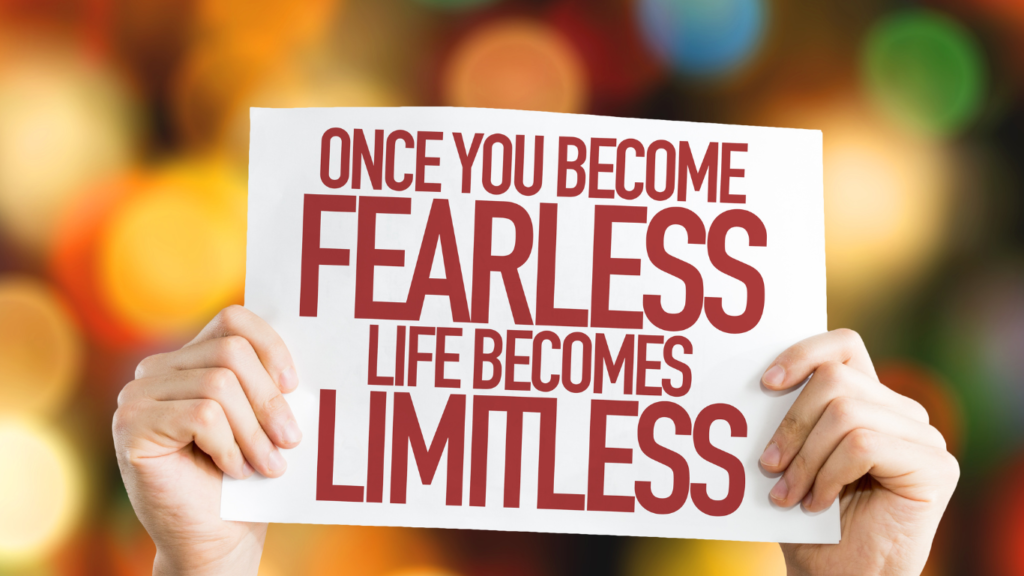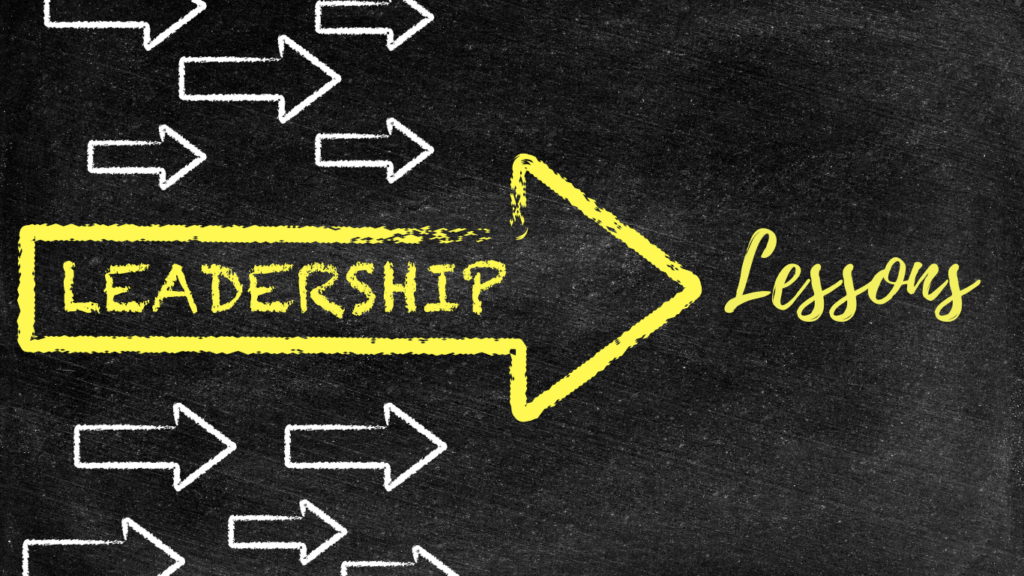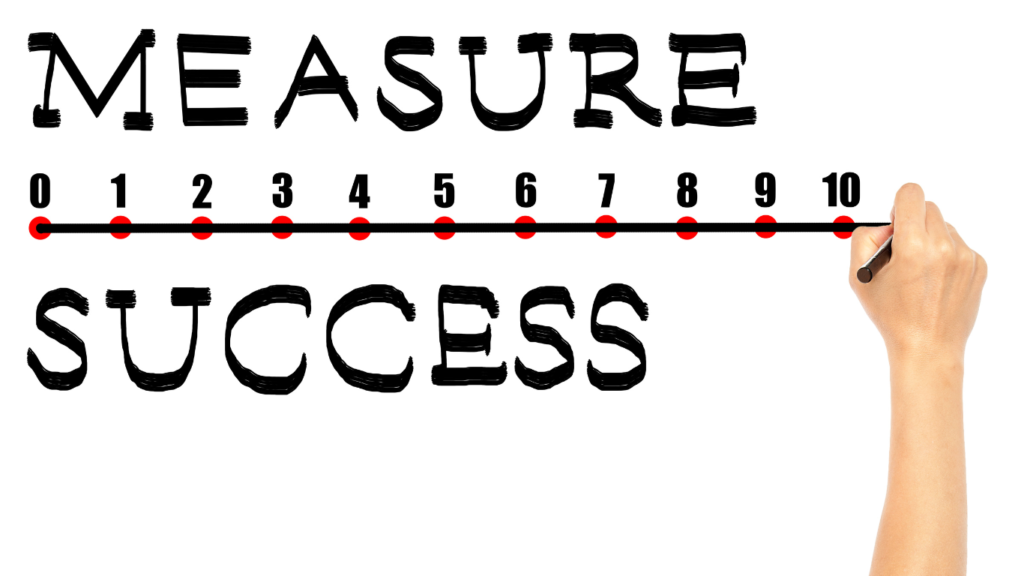
Openness is counter to narrow-mindedness, defined as unwillingness and intolerance of other people’s views—essentially, this state of being demonstrates prejudice. Prejudice is an ongoing burden that many carry, like old baggage that would be more beneficial to put down. We have seen that bag of prejudice dragged out in politics, in communities across the globe, and within every organization in some way or another.
Because where there are people, there are conflicts. Where there are conflicts, there are sides taken. When sides are taken, it is worth some introspection to determine whether it’s based on preference or preconceived opinion with no basis in experience or reason that can be explained and understood.
Yet, it is much easier to build connections when we allow ourselves to be open to others, particularly when others demonstrate openness in return! Otherwise, we shut down and feel frustrated, angry, and fearful—these feelings we experience in our bodies. Surprisingly, I’ve discovered how few leaders easily relate to their bodies and how negative feelings impact us biologically.
It can be difficult for people to grasp the impact of negative feelings on the body. These are not emotions that fare well in the business world. I hear it all the time from leaders that “those are unwanted emotions in business.” Yet they turn up largely due to the human condition encompassing conflict and ill feelings.
Therefore the significant question born of this inevitable circumstance is what can be done about it? I believe it all boils down to one word, curiosity. When curiosity strikes, fear is typically put aside, and possibility is born.
When you consider the concepts of good & bad, right & wrong, it is wise to recognize that these are judgments. When you feel judged by others, what reactions come to mind as ones you’d have in moments of being judged?
For 100% of my clients, when I ask the above question, the responses are all grounded in negative, unmotivating outcomes. When you consider the impact of negativity, how do you imagine those feelings would manifest were they pebbles thrown randomly in still waters?
The ripple effect of waves in still water can become so significant and concerning when they cause a boat to capsize. Or when living animals surface to experience turbulence in the water that is unsettling. Or even fatal. So, what do you do?









